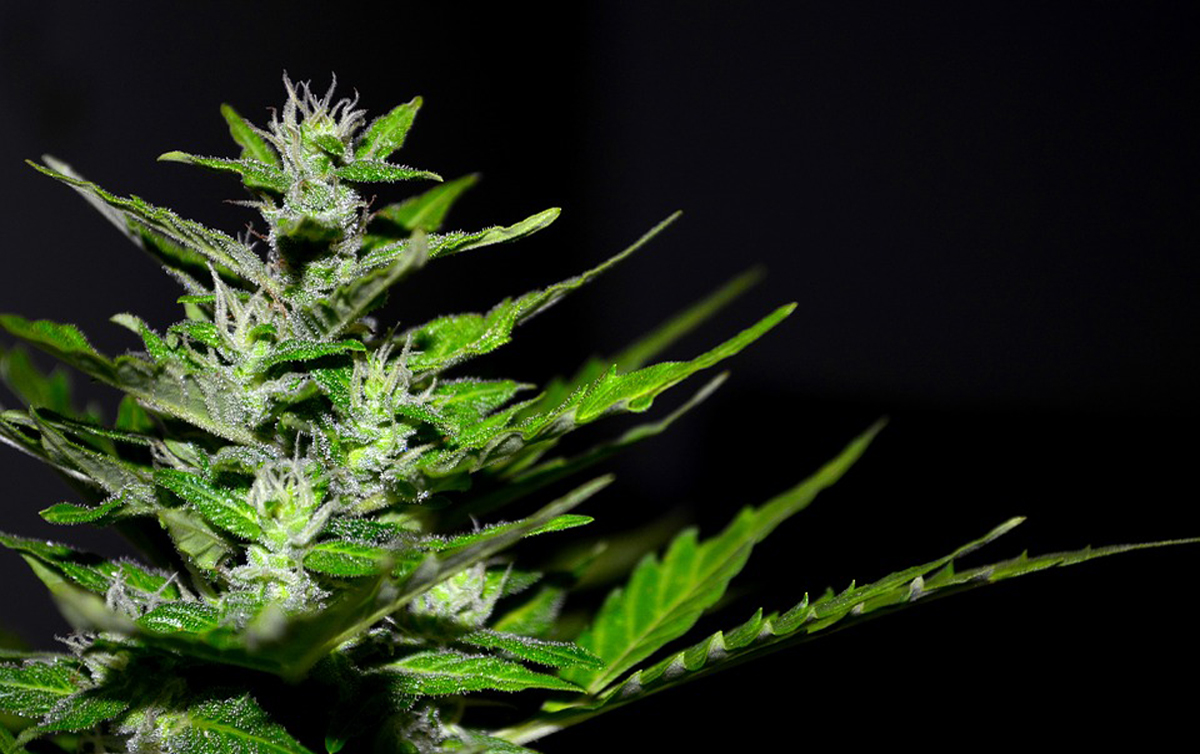 The real facts about cannabis, part one: A brief history
The real facts about cannabis, part one: A brief history
Recently, you may have seen a number of erroneous claims by opponents of the Utah Medical Cannabis Ballot Initiative demonizing the medicinal plant cannabis. These claims and objections are driven by misinformation, lack of education, bias, and unwarranted fear.
In order to fully understand and dispel the unconscious and entrenched stereotyping of and resulting opposition to cannabis, we must first look to the prejudicial and political propaganda that has permeated our society for over 80 years. We must also understand the politicized history of this ancient medicinal plant, which we will briefly address in this the first of a three-part series.
in a published article in Geographic Review, University of Kansas geography professor Barney Warf sets forth that cannabis use originated thousands of years ago in Asia where it was widely used as a medicine as well as for spiritual purposes. His article documents that Vikings and medieval Germans used cannabis for relieving pain. According to Warf, the history of cannabis use goes back as far as 12,000 years, which places the plant among the oldest of humanity’s cultivated crops.
Both hemp and cannabis were also used widely in ancient China with the first record of the plant’s medicinal use dating to about 4000 B.C., including its being used as an anesthetic during surgery. Coastal farmers from China brought the cannabis plant to Korea as early as 2000 B.C.
Cannabis came to the South Asian subcontinent between 2000 and 1000 B.C. and became widely used in India where it was celebrated as one of “five kingdoms of herbs … which release us from anxiety” per ancient Sanskrit Vedic writings. Over the next centuries, cannabis migrated to various regions of the world, traveling through Africa and reaching South America in the 19th century, then carried north.
After a long journey throughout the pre-modern and modern worlds, cannabis finally came to the United States at the beginning of the 20th century. It arrived in the southwest United States from Mexico along with the immigrants who fled that country during the Mexican Revolution of 1910–11.
The early prejudices against cannabis were actually very thinly veiled racist fears against the Mexican immigrant cannabis users, often promoted by reactionary newspapers. Warf writes, “Mexicans were frequently blamed for smoking marijuana, property crimes, seducing children and engaging in murderous sprees.”
Prior to 1910, the word “marijuana” did not exist in American culture. Rather, the proper name “cannabis” was used, most often in reference to the medicines and remedies for common ailments. In fact, in the early 1900s, the giant pharmaceutical companies of Meyer’s Squib and Eli Lilly included cannabis and cannabis extracts in their medicines.
In 1930, the Great Depression had just hit the United States, leaving some desperate Americans and politicians looking for scapegoats. Due to the influx of immigrants (particularly in the South) and the rise of “suggestive” jazz music, many white Americans began to treat cannabis (and arguably the blacks and Mexican immigrants who consumed it) as a foreign substance used to corrupt the minds and bodies of low-class individuals.
A man named Harry Anslinger became the first commissioner of the Federal Bureau of Narcotics in 1930. He undertook multiple efforts to make cannabis illegal in all states. Anslinger was one of the primary individuals responsible for creating and perpetuating the prejudicial stigma surrounding cannabis as he launched a vigilant campaign against the plant that would hold steady for the three decades he remained in office.
A very outspoken man, Anslinger used the recent development of the movie theater to spread messages that demonized and radicalized cannabis for white audiences. In one documented incident, Anslinger testified before Congress, stating, “Marijuana is the most violence-causing drug in the history of mankind… Most marijuana smokers are Negroes, Hispanics, Filipinos, and entertainers. Their satanic music, jazz and swing, result from marijuana usage.”
In another documented statement, Anslinger said, “Reefer makes darkies think they’re as good as white men … the primary reason to outlaw marijuana is its effect on the degenerate races.”
Anslinger’s efforts with the Bureau of Narcotics were the reason the word “marijuana” replaced the proper term “cannabis” as known by Americans all over the country. When making public appearances and crafting propaganda films such as “Reefer Madness,” Anslinger specifically used the term “marijuana” when campaigning against the plant, adding to the development of the plant’s new “foreign” identity.
In 1937, the Marijuana Tax Act put cannabis, formerly a legal and common medicinal remedy used by multiple pharmaceutical companies, under the regulation of the Drug Enforcement Agency, criminalizing possession of the plant throughout the country. The plant was actually first outlawed in Utah in 1915, but by 1931 it was illegal in 29 states.
Cannabis was further institutionally demonized in the early 1970s, when a very paranoid President Richard Nixon launched America’s “war on pot” by grouping marijuana, homosexuality, Jews, and communists into one big conspiracy. Nixon had appointed a presidential commission to review the evidence regarding cannabis. After reviewing all the evidence, the commission recommended that marijuana use not be a criminal offense under either state or federal law. Despite this recommendation, Nixon, based upon his paranoia and irrational fears, overruled the commission’s research and recommendation of cannabis legalization, further dooming cannabis to its current prohibited status.
The idea that this is an evil drug is a very recent creation, and the fact that it is illegal is a “historical anomaly” according to Warf. In actuality, cannabis has been legal in many regions of the world for most of its history, and its illegal status is primarily the result of racial prejudice and a collective social class bigotry.
In part 2 of this series, I will examine and discuss the real science of the healing, life-affirming, and beneficial cannabis plant and contrast recent articles and public reports by those still propagandizing against medical cannabis.



